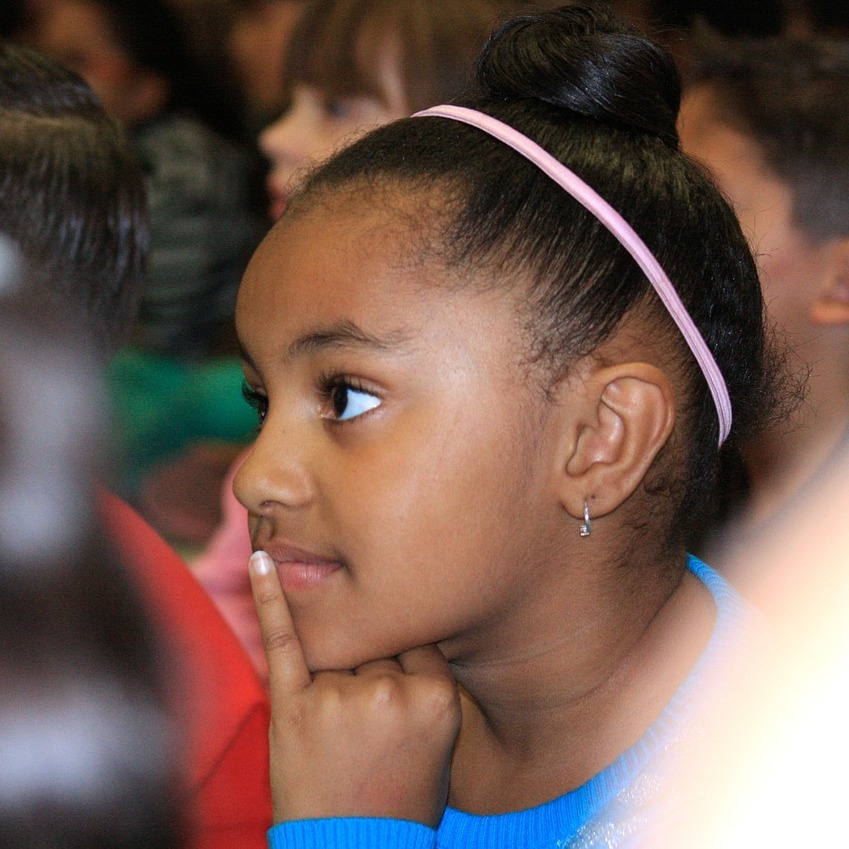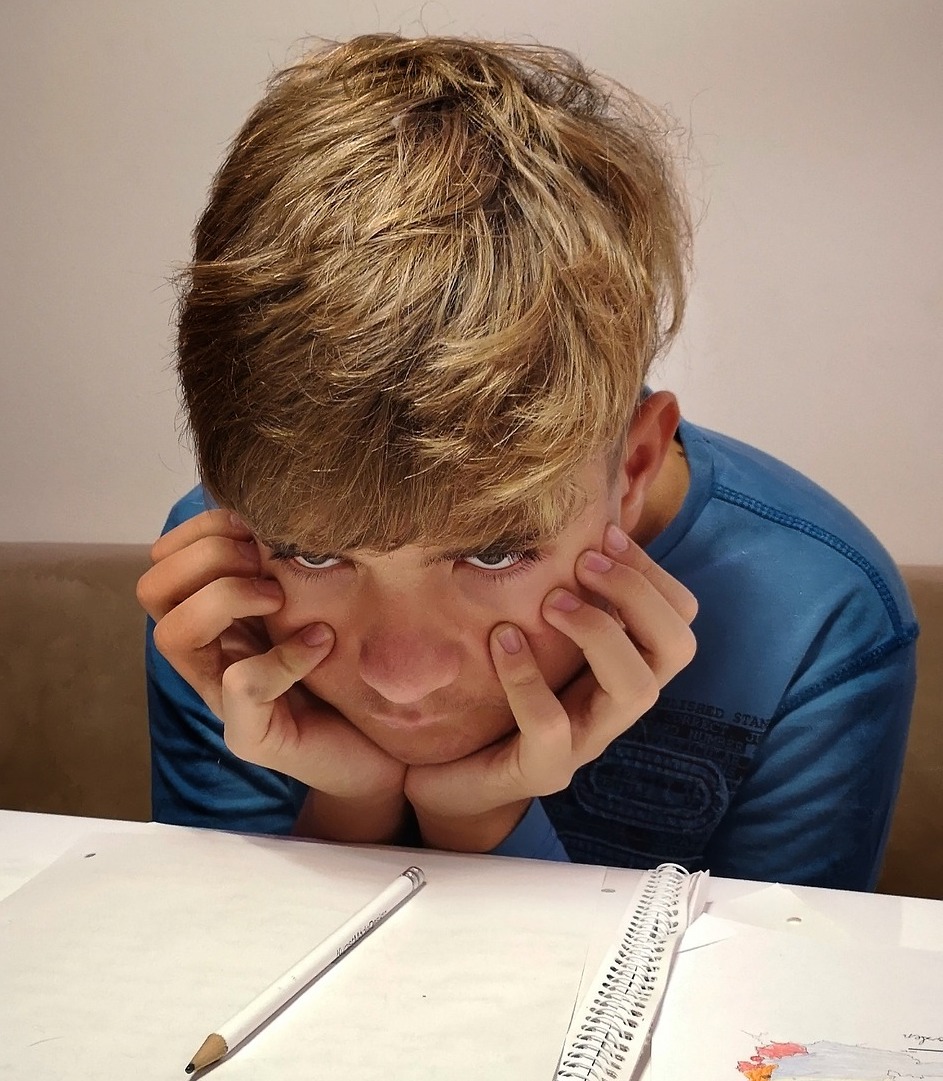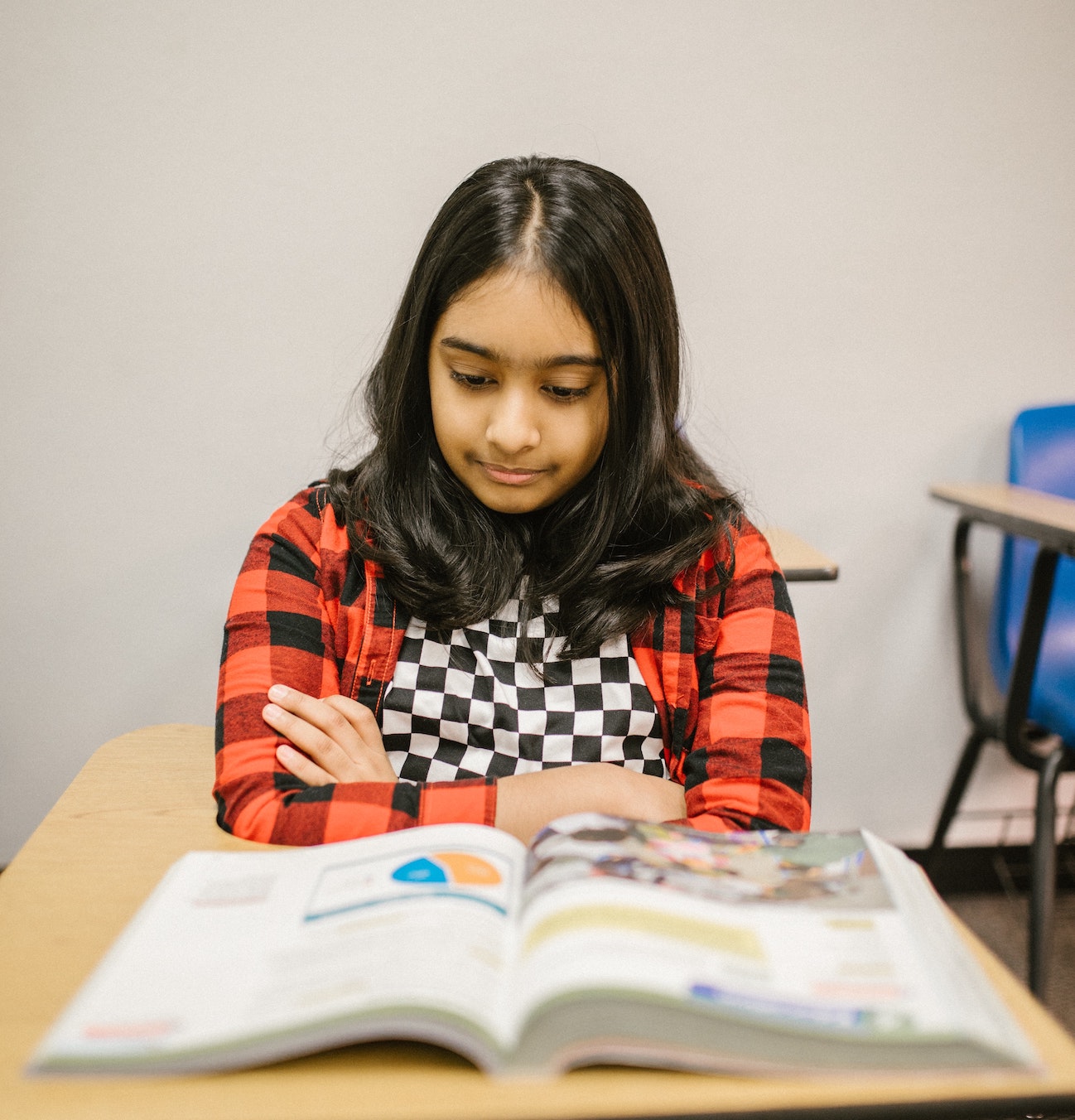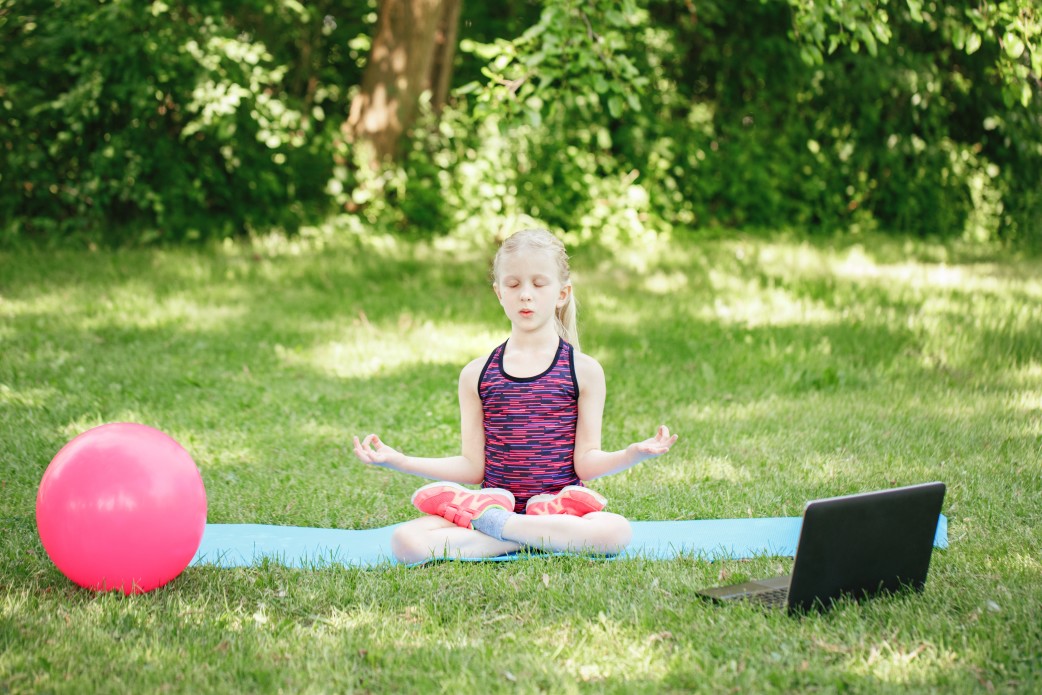 In my work with teachers, I encourage honest, fearless contemplation on what is and is not working in the classroom. This simple exercise can help you discover the mundane moments and tasks in your own classroom that are just waiting for your creativity to transform them into mindful learning opportunities.
In my work with teachers, I encourage honest, fearless contemplation on what is and is not working in the classroom. This simple exercise can help you discover the mundane moments and tasks in your own classroom that are just waiting for your creativity to transform them into mindful learning opportunities.
Day after day, I entered my psycho-physical education classroom at New Roads Middle School, primed and prepared to facilitate an inspiring lesson full of mindful practices. And day after day, I felt subtle disappointment as students stumbled in rowdy from recess and fumbled their way through the necessary task of moving the eight full-size tables and 25 chairs aside to make space for our work. A chore that could take well under five minutes was eating up our class time and starting our class period with a raucous energy.
I tried assigning students to particular desks as they walked through the door. This helped establish greater participation, but the noise level was still an issue. I tried whispering to students as they entered the room to set a quiet tone. The noise level receded, but the chaos and clatter of tables and chairs banging into each other was still an obstacle to the peaceful experience I intended to create for our class.
As good ideas often do, this one landed like a ton of bricks — it’s the journey, not the destination.
The next morning, I rounded up eight colorful plastic bowls from my kitchen and packed them along with a large jar of water. Upon arrival at my classroom, I placed a half-full bowl of water on each table. I placed the portable whiteboard near the entrance of the room so that as every student walked in, he or she would read this message:
KEEP THE FLOOR DRY, PLEASE.
Then I stood at the back of the room and observed as each student’s mind stopped for a brief moment. Novelty led to curiosity, and as they carried on with the regular task of moving desks, the mundane was transformed into a simple exercise of mindful movement and peer cooperation.
The tables seemed to float on thin air. Not a single bang or drop. Voices were hushed as eyes focused on the colorful bowls of water that were ready to splash if not well attended.
After my students quietly and mindfully prepared the room, without spilling a drop of water, I congratulated them and asked them to reflect on how the classroom felt different on that day compared with the usual way we conducted the furniture task.
I was pleased at how attuned my students were to the emotional difference associated with this minor change in protocol.
From that day forward, preparing the room mindfully became a part of our class culture. And on days when our mindfulness was distracted, I simply observed and did not give in to the impulse to manage. I allowed students to feel the difference, and therefore their behavior was self-limited by natural consequences. This experience of mindfulness, sparked by a genuine desire for coherence, set the stage for our learning through sitting mindfulness practice, mindful movement, and conscious breathing.
Excerpted from “Applying Mindfulness to Mundane Classroom Tasks” by Abby Wills in Edutopia online. Wills is the co-founder of Shanti Generation and a mindfulness educator for 15+ years. Read the full story for more ideas on integrating mindful practices in classrooms.
Source: Edutopia | Applying Mindfulness to Mundane Classroom Tasks, https://www.edutopia.org/blog/applying-mindfulness-mundane-classroom-tasks-abby-wills | ©2019 George Lucas Educational Foundation
CHC offers free community education sessions for educators. Join us to learn practical teaching strategies you can use in your classroom to help more kids reach their promise and potential. Educator sessions are led by experienced educator/clinician teams from Sand Hill School and CHC.
This resource is filed under:





